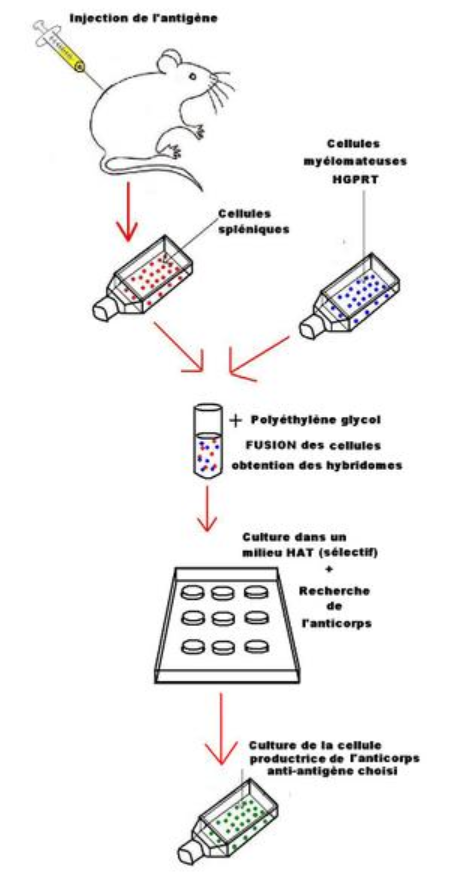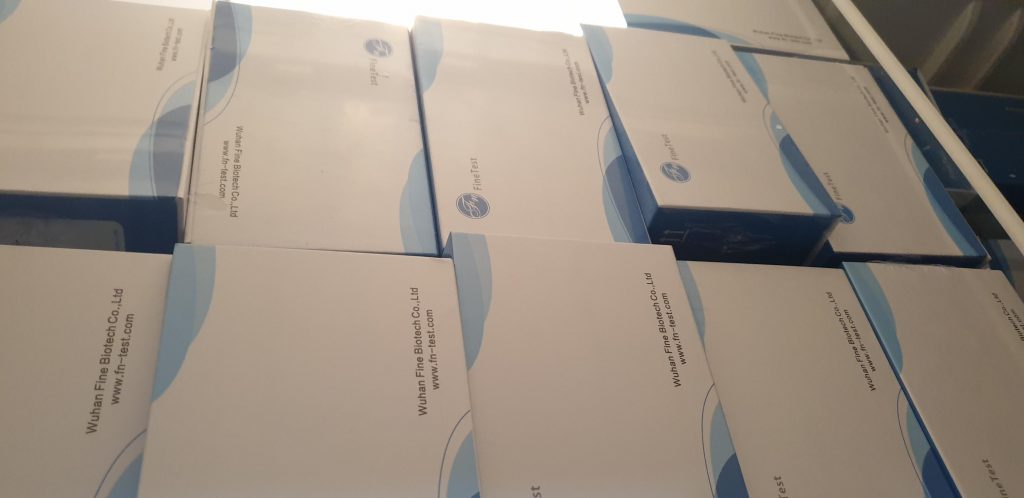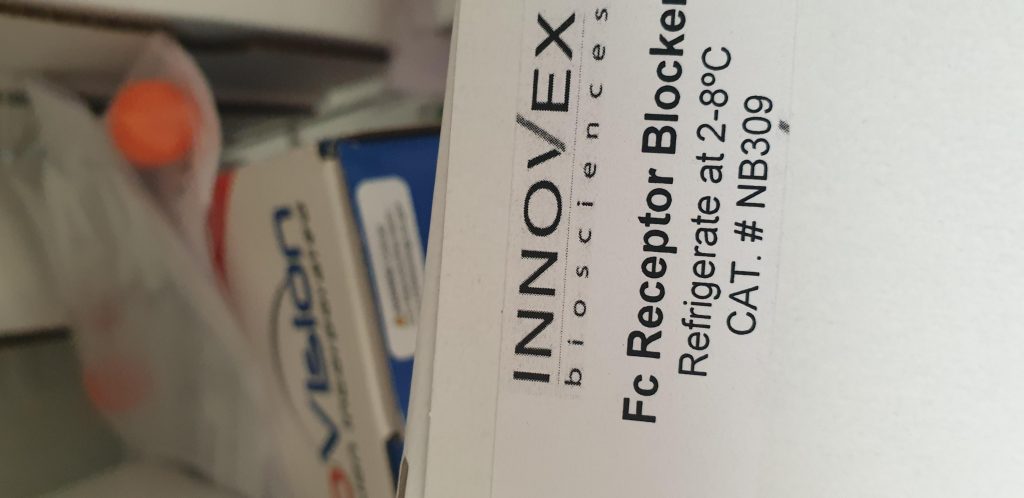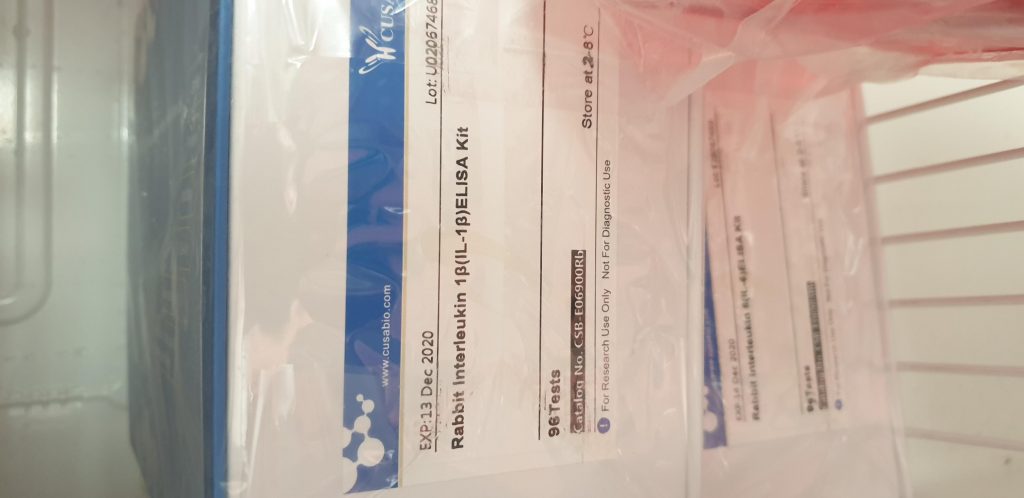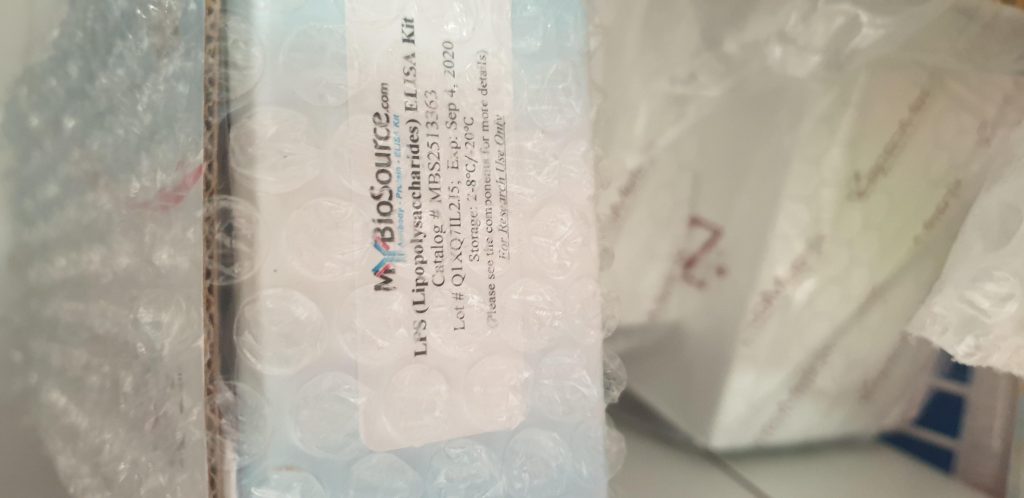Inductively coupled plasma mass spectrometry (ICP-MS) systems installed worldwide:
- LaSalle University
- Eindhoven University
- Harvard Medical School
Esco Products
Rhode Island College
University of Massachusetts
St. Jude Medical
Shimadzu Instruments
New York Medical College
Schering-Plough
Sandia National Lab - University of Tennessee
Honeywell
Harvard School of Public Health
Hach Company
Moritex
Rutgers University - Princeton University
Villanova University
The University of Memphis
Stockholm University
University of Toronto
University of Detroit
Medical College of Ohio
Metropolitan Water Reclamation District - Pharmacopeia
- University of Delaware
University of Arkansas - Lucent Technology
- Globe Manufacturing
Sciex
University of Rochester
Dell Optics - University of California, Riverside
- Novoste Corporation
Schlumberger
Jefferson Parish Crime Laboratory
SmithKline Beecham
Dow Chemical Company - Science Applications International Corporation
RCA
Northrup Research Group - University of Minnesota
- GTE Products
- Dalhousie University
Richmond University - Ametek
Loctite Corporation - Johnson Wax
University of California, Livermore - Mobil Research
- Temple University
Earth Minerals Inc.. - R&D Laboratories
- St. Luke Medical Center
Advanced Air Diagnosis
Eli Lilly & Company
Uniquest
Quaker Chemical Company
University of Guelph
Nabisco
Scripps Research Institute
Quest Diagnostics - BASF
Gilbarco, Inc..
Kaiser Optical Systems, Inc
Phillips Petroleum
National Institute of Standards
Oklahoma State University
International Scientific
Rosemount Analytical, Inc.. - Rowland Institute for Science
Sugen, Inc..
O. S. H. A.
TCS Medical Products - EG&G
University of Maine
Smithsonian Research Institution
New Mexico State University
University of Florida - McNeil Consumer Products
Virginia Semiconductor
Motorola
University of Massachusetts Medical Center
BioRad
Shriners Hospital
State University of New York
University of Rochester Medical Center
Lockheed Martin
University of Houston - E.P.A.
University of South Carolina - Emory University
- Rockefeller University
Quantum Dot Corporation
University of Victoria
Lilly and Company
Reynolds Corporation
Nestle
Procter & Gamble
National Radio Astronomy Observatory
Ethyl Petroleum Additives, Inc..
Indiana University - Susquehanna River Basin Commission
Engelhard Corporation
University of Mississippi
University of Evansville
University of Pittsburgh - National Research Council Canada
ISS, Inc..
Georgia Institute of Technology
University of Nebraska
Noyes Fiber Systems
Waters Corporation - Union Carbide
University of Pennsylvania
Merck & Co., Inc..
Perdue University
University of Maryland - Probiotec Inc..
Gentex Optics
Instrument SA, Inc..
University of New Mexico
University of Puerto Rico - McMaster University
Loyola University
Varian Inc..
Health Research Inc..
Lawrence Livermore National Laboratory
Dartmouth College
Virtis
Hofstra University - Sievers Instruments
- Los Alamos National Laboratory
- ICI America
National Cancer Institute
Sarnoff Corporation
ICP-MS, ICP-OES, ICP-OS
University of Notre Dame
Johnson & Johnson Company
Taylor-Wharton
Syracuse University
University of Puerto Rico, Humacao
Westinghouse Savannah River Site - National Electrostatics Corporation
Norfolk State University
MDS Nordian - Texas A&M University
- Lehigh University
- University of California, San Diego
University of Missouri
St. Johns University
Teledyne Brown Engineering
Hong Kong University
Wright State University
St. Olaf College
Fina Oil Company
Northwestern University
St. Christopher’s Hospital for Children
Zeneca Pharmaceuticals
University of Scranton
Fermi Lab - University of California, Irvine
- Rensselaer Polytechnic Institute
- University of Sciences Philadelphia
University of Arizona
Timken Company
HiTek Hardware
Hoechst Celanese Corporation
West Chester University
Colorcon
Philadelphia College of Pharmacy & Science
University of Waterloo
Integrated DNA Technologies
Monsanto Company
Kent State University
St. Mary’s College
Delco Electronics Systems
Haverford College
John Hopkins University
University of California, Santa Barbara
Tufts University
University of Connecticut
Drexel University
Pennsylvania State University
Sandoz
Howard Hughs Medical Institute
James Madison University
Pacific Northwest National Laboratory
Manchester University - Perkin Elmer
Jet Propulsion Laboratory - Walter Reed Army Medical Center
Loma Linda University
Parke-Davis
Funakoshi Co., Ltd..
Kodak
University of Manitoba - Polaroid Corporation
University of British Columbia
University of Wyoming
NEC Research Lab - University of Texas
Sigma Chemicals
Laser Science, Inc.. - Rohm and Haas Company
Hitachi Instruments
UOP Guided Wave
University of Vermont
Roche Diagnostics
Ford Aerospace
Gulph Coast Testing Labs
University of California, Berkeley
ICP-OES, iCP-MS, ICP-OS
University of Turku
Rice University - Newport Scientific
Eastman Chemical Company
Museum Sloan-Kettering Cancer Center
Scott Paper Company
Pfizer
Naval Air Development Center - Naval Research Lab
Wayne State University
Allergan
San Francisco State University
Tennessee State University
Rayonier Research Center
Tulane University - Marshall University
US Naval Research Lab
DataColor
McGill University
University of Oregon
University of California, Los Angeles
Milligen Biosearch
Wyeth Ayerst Research - Westinghouse Electric
- New Engand Deconess Hospital
Unilever Research
Millitech Corporation
University of Dayton - University of Oklahoma
Davidson College
Iowa State University
Rockwell International Corporation
Medical College of Wisconsin
Pacific Scientific - Diagnostic Consumables, Inc..
HunterLab
Denver Water Company
Stanford University - Southern Testing & Research Labs
Digital Equipment Corporation - Care Research Group
- E.I DuPont
Howard University
Gallo Winery
University of California, San Francisco - Ford Electronics
Lankenau Institute for Medical Research
University of Tennessee Space Institute
F.D.A
University of Iowa
Nova Biochemicals
IBM
ICP MS
The quadrupole mass analyzers represent over 90 percent of inductively coupled plasma mass spectrometry (ICP-MS)systems installed worldwide, constraints within their resolving power has caused the growth of high heeled spectrometers depending on the double-focusing magnetic-sector design.
ICP-MS requires a look at this separation apparatus, that has found
its own market in solving difficult application conditions that require outstanding power, detection capacity, or substantial precision.
Accesoires for this ICP-MS instruments and cuvettes can be found at ICP consumables.
Quadrupole-based ICP-MS
Tis system normally provides a resolution of 0.7–1.0 amu. This is sufficient but has been shown to be insufficient -, solvent-, or interferences.
All these restrictions at quadrupoles drove researchers at the direction of conventional high-resolution, magnetic-sector technology to increase quantitation by controlling the analyte mass from the spectral interference
(two ). All these instruments, that were commercialized in the 1980s, provided resolving power compared with.
In resolving power, this improvement allowed elements such as Cr, K, As, V, and Fe to be determined with relative ease .
Spectroscopy
In spectroscopy for the evaluation of organic compounds that are complex. Regrettably, since it took a couple thousand volts of possible to accelerate the ions to the mass 39, it was shown to be unsuitable as a separation apparatus for an ICP system. Because of this, fundamental changes needed to be made into the ion speed mechanism to maximize it. This was a challenge when magneticsector systems were developed in the late 1980s.
But tool designers solved this dilemma by simply transferring the components into the mass spectrometer and nearer from port screen and the plasma. The instrumentation of today relies on two approaches, commonly known reverse geometry or as standard. These two designs, which utilize the identical basic principles, include 2 analyzers — a conventional electromagnet and an electrostatic analyzer (ESA). From the
normal (sometimes called forwards ) layout, the ESA is placed ahead of the
magnet, and at the opposite layout it’s placed after the magnet. A schematic of a reverse spectrometer that was Nier-Johnson.
PRINCIPLES OF OPERATION
With this strategy, ions are sampled in the plasma at a fashion and then accelerated to some kilovolts from the ion region until they enter the analyzer. The field, which can be dispersive connected to mass and ion energy, focuses the ions with angles of movement from the entry slit.
Spectroscopy labs
- University of Illinois
Massachusetts General Hospital
Georgetown University - University of Quebec
Arco
General Electric Company
University of Michigan
Montana State University - New York State Department of Health
University of Mississippi Medical Center
Yale University
Mount Sinai Hospital - Polytechnic University
University of Georgia
Kansas State University
North Carolina State University
Oregon State University
University of South Florida - Kulicke & Soffa Industries
US Department of Energy
Woods Hole Oceanographic Institution
Duke University
University of Kentucky
Hewlett-Packard
Glaxo Wellcome
Portland State University
Florida Marine Research Institute
Langley Research Center - US Drug Testing Inc..
Premier Mill - Datum Engineering
- ECO Chemie BV – Netherlands
- University of Madrid
The University of Alabama
Southwest Research Institute
Nicolet Instrument Company
Michigan State University
Hahnemann University - EIC Laboratory
University of New Hampshire
Inc..
Hamilton Research - M.I.T.
- University of Idaho
- ARE YOU USING SPECTROCELL PRODUCTS, Aren’t LISTED HERE AND WOULD LIKE TO BE? EMAIL
Fisher Scientific - N.A.S.A.
Martin Marietta Energy Systems
University of South Dakota
VWR Scientific
US Army Research Laboratory
Trinity University - Tennessee Valley Authority
- Laboratory Corporation of America
Pharmacia
National Institute of Health
University of Iceland
Texas Children’s Hospital
University of Utah
US Department of Agriculture - Rochester Institute of Technology
- Mayo Foundation
- Ohio State University
University of Southern Denmark
Omicron Biochemicalc Inc..
University of California, Davis
University of California, Santa Cruz
Exxon Chemical Company
Willamette University
Vanderbilt University
Selas Corporation
Marshall Space Flight Center
Oak Ridge National Laboratory - Washington State University
Louisiana State University - University of Nevada
